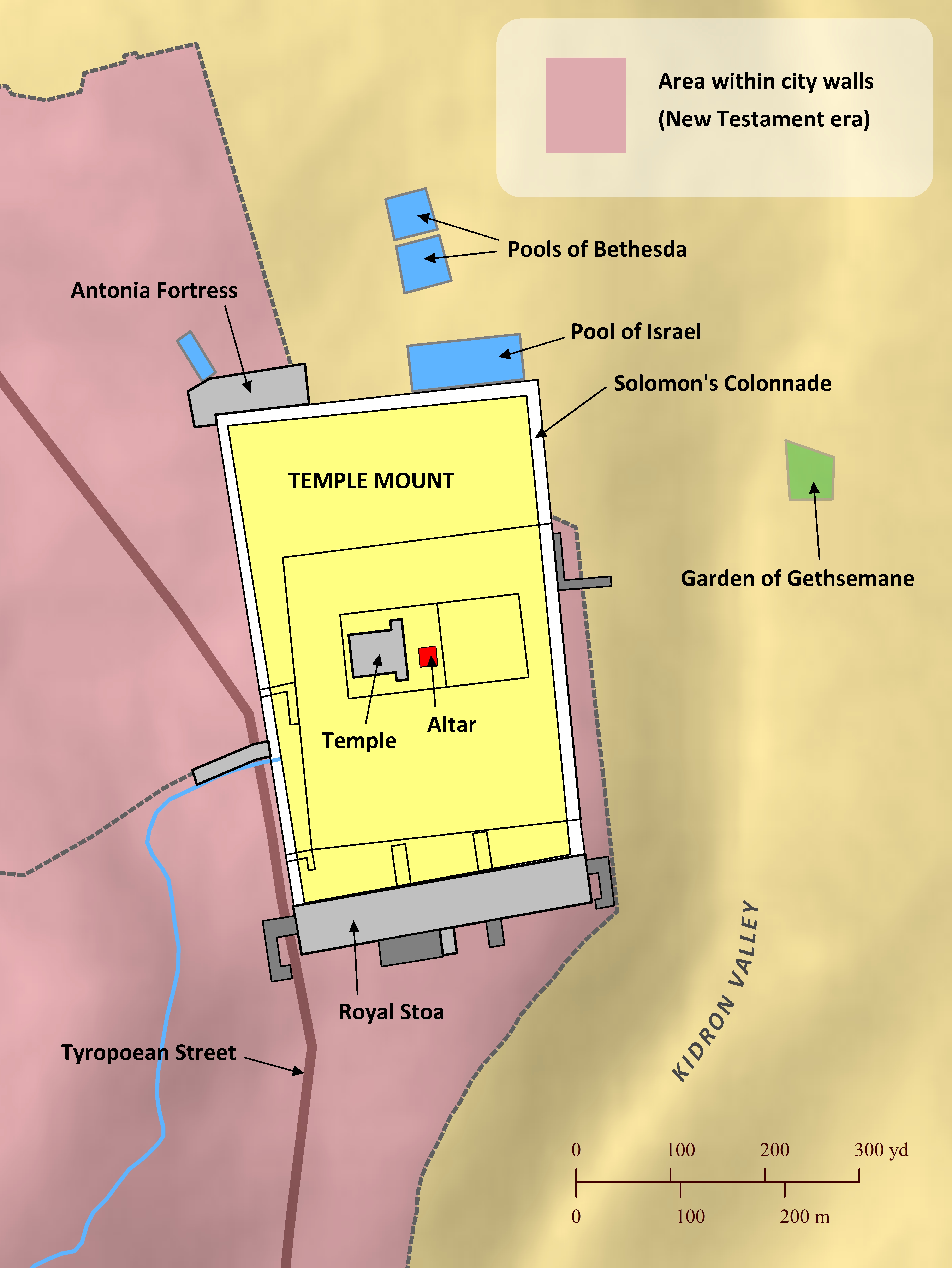Open Bible Data Home About News OET Key
OET OET-RV OET-LV ULT UST BSB MSB BLB AICNT OEB WEBBE WMBB NET LSV FBV TCNT T4T LEB BBE Moff JPS Wymth ASV DRA YLT Drby RV SLT Wbstr KJB-1769 KJB-1611 Bshps Gnva Cvdl TNT Wycl SR-GNT UHB BrLXX BrTr Related Topics Parallel Interlinear Reference Dictionary Search
ParallelVerse GEN EXO LEV NUM DEU JOB JOS JDG RUTH 1 SAM 2 SAM PSA AMOS HOS 1 KI 2 KI 1 CHR 2 CHR PROV ECC SNG JOEL MIC ISA ZEP HAB JER LAM YNA (JNA) NAH OBA DAN EZE EZRA EST NEH HAG ZEC MAL LAO GES LES ESG DNG 2 PS TOB JDT WIS SIR BAR LJE PAZ SUS BEL MAN 1 MAC 2 MAC 3 MAC 4 MAC YHN (JHN) MARK MAT LUKE ACTs YAC (JAM) GAL 1 TH 2 TH 1 COR 2 COR ROM COL PHM EPH PHP 1 TIM TIT 1 PET 2 PET 2 TIM HEB YUD (JUD) 1 YHN (1 JHN) 2 YHN (2 JHN) 3 YHN (3 JHN) REV
Neh Intro C1 C2 C3 C4 C5 C6 C7 C8 C9 C10 C11 C12 C13
Neh 7 V1 V4 V7 V10 V13 V16 V19 V22 V25 V28 V31 V34 V37 V40 V43 V46 V49 V52 V55 V58 V61 V64 V67 V70 V73
Note: This view shows ‘verses’ which are not natural language units and hence sometimes only part of a sentence will be visible—click on any Bible version abbreviation down the left-hand side to see the verse in more of its context. Normally the OET discourages the reading of individual ‘verses’, but this view is only designed as a tool for doing comparisons of different translations—the older translations are further down the page (so you can read up from the bottom to trace the English translation history). The OET segments on this page are still very early looks into the unfinished texts of the Open English Translation of the Bible—please double-check these texts in advance before using in public.
Text critical issues=none Clarity of original=clear Importance to us=normal (All still tentative.)
OET (OET-RV) • and 1,017 descendants of Harim.![]()
OET-LV the_descendants_of Ḩārim one_thousand seven- teen.
![]()
UHB בְּנֵ֣י חָרִ֔ם אֶ֖לֶף שִׁבְעָ֥ה עָשָֽׂר׃פ ‡
(bənēy ḩārim ʼelef shiⱱˊāh ˊāsār.◊)
Key: .
Note: Automatic aligning of the OET-RV to the LV is done by some temporary software, hence the OET-RV alignments are incomplete (and may occasionally be wrong).
BrLXX No BrLXX NEH book available
BrTr The children of Eram, a thousand and seventeen.
ULT the sons of Harim were 1,017.
UST 1017 men from the clan of Harim.
BSB • and the descendants of Harim, 1,017.
MSB • and the descendants of Harim, 1,017.
OEB No OEB NEH book available
WEBBE • The children of Harim: one thousand and seventeen.
WMBB (Same as above)
NET the descendants of Harim, 1,017.
LSV sons of Harim, one thousand and seventeen.
FBV the sons of Harim, 1,017.
T4T • 1,017 from the clan of Harim.
LEB The descendants[fn] of Harim, one thousand and seventeen.
7:42 Or “sons”
BBE The children of Harim, a thousand and seventeen.
Moff the clan of Harim, one thousand and seventeen.
JPS The children of Harim, a thousand and seventeen.
ASV The children of Harim, a thousand and seventeen.
DRA The children of Arem, one thousand and seventeen. The Levites:
YLT sons of Harim: a thousand and seventeen.
Drby The children of Harim, a thousand and seventeen.
RV The children of Harim, a thousand and seventeen.
SLT The sons of Harim, a thousand and seventeen.
Wbstr The children of Harim, a thousand and seventeen.
KJB-1769 The children of Harim, a thousand and seventeen.
KJB-1611 The children of Harim, a thousand, and seuenteene.
(Modernised spelling is same as from KJB-1769 above, apart from punctuation)
Bshps The children of Harim, a thousand and seuenteene.
(Modernised spelling is same as from KJB-1769 above)
Gnva The sonnes of Harim, a thousande and seuenteene.
(The sons of Harim, a thousand and seventeen. )
Cvdl the children of Harim, a thousande and seuentene.
(Modernised spelling is same as from KJB-1769 above, apart from capitalisation)
Wycl the sones of Arem, a thousynde and eiytene;
(the sons of Arem, a thousand and eighteen;)
Luth der Kinder Harim tausend und siebenzehn.
(the/of_the children Harim thousand and sevenzehn.)
ClVg Filii Arem, mille decem et septem. Levitæ:
(Children Arem, a_thousand ten and seven. Levites: )
RP-GNT No RP-GNT NEH book available
7:39-60 Nehemiah wanted to be sure that only legitimate priests and Levites served in God’s Temple.
Note 1 topic: figures-of-speech / metaphor
בְּנֵ֣י חָרִ֔ם
sons_of Ḩārim
Sons means “descendants.” Alternate translation: [from the descendants of Harim]
Note 2 topic: translate-names
חָרִ֔ם
Ḩārim
Harim is the name of a man. Alternate translation: [from the descendants of Harim]

The Temple of the Lord in Jerusalem, where all Israelite males were commanded to offer sacrifices to the Lord (Exodus 23:14-19; Deuteronomy 16:16-17), underwent several stages of reconstruction and development over hundreds of years. The first Temple was built by King Solomon to replace the aging Tabernacle, and it was constructed on a threshing floor on high ground on the north side of the city (2 Samuel 24; 1 Chronicles 21). Hundreds of years later King Hezekiah expanded the platform surrounding the Temple. When Jerusalem fell to the Babylonians in 586 B.C., the Temple was completely destroyed (2 Kings 25:1-21; 2 Chronicles 36:17-21; Jeremiah 39:1-10; 52:1-30). It was rebuilt in 515 B.C. after a group of Jews returned to Judea from exile in Babylon (Ezra 1:5-6:15; Nehemiah 7:5-65). Herod the Great completely rebuilt and expanded the Temple once again around 20 B.C., making it one of the largest temples in the Roman world. Jesus’ first believers often met together in Solomon’s Colonnade, a columned porch that encircled the Temple Mount, perhaps carrying on a tradition started by Jesus himself (John 10:23; Acts 3:11; 5:12). But Herod’s Temple did not last long: After many Jews revolted against Rome, the Romans eventually recaptured Jerusalem and destroyed the Temple in A.D. 70.